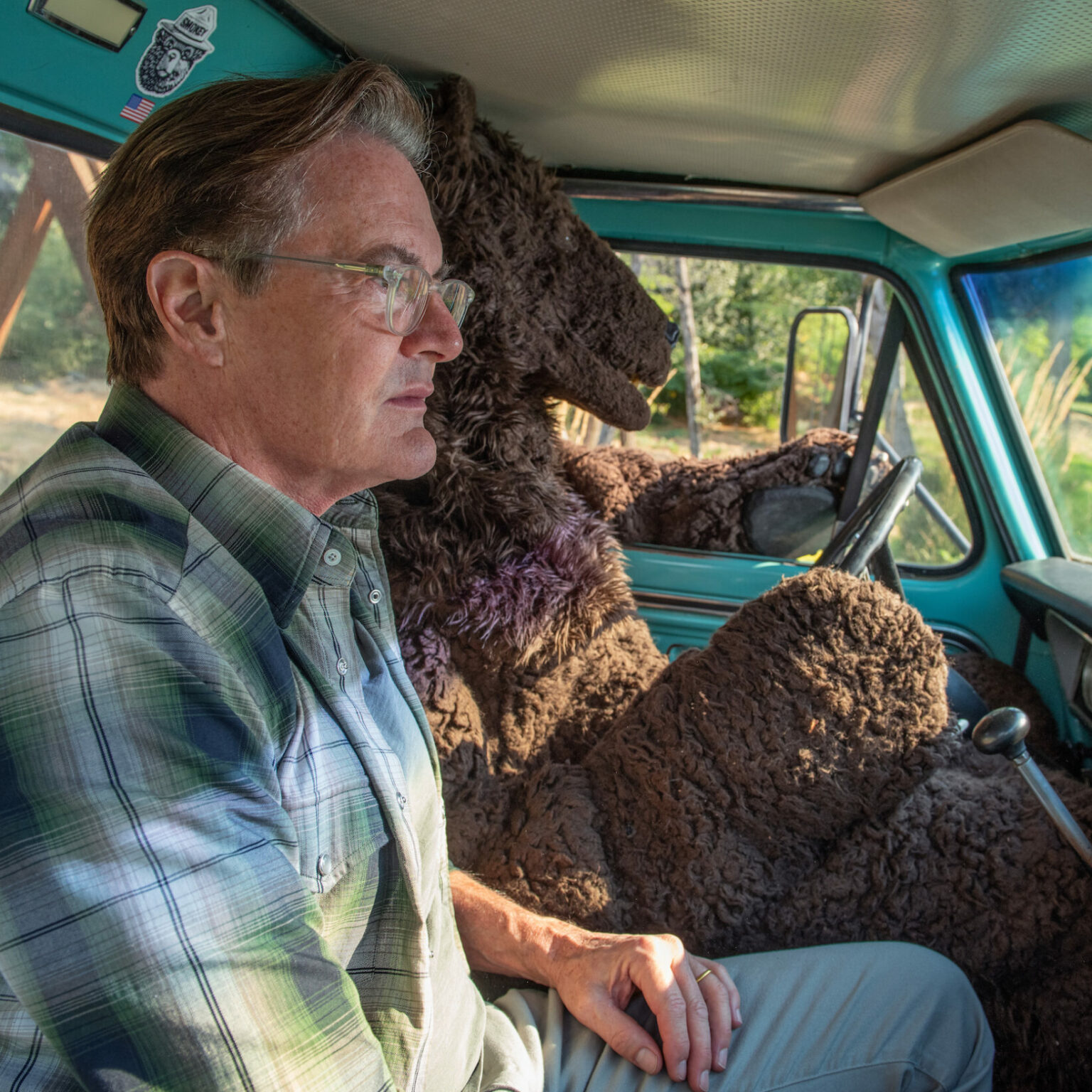Bats, Bottles, and Baking Soda: Battling Climate Change w/ Marie-Catherine Dufour, Bordeaux Wine Council

With an action plan that covers five key climate change strategies, Bordeaux can become carbon neutral by 2050.
With a goal of 46% carbon reduction by 2030 and 6,000 companies to wrangle, Marie-Catherine Dufour, Technical Director of the Bordeaux Wine Council, has a big job to undertake. With an action plan that covers five key climate change strategies, Bordeaux can become carbon neutral by 2050. Some of those strategies include promoting bats to combat grape moths, reducing the weight of bottles, and capturing CO2 from fermentation to make baking soda.
Detailed Show Notes:
Marie-Catherine’s background - daughter of winegrowers in Bordeaux, studied agronomy
Mission as Technical Director of Bordeaux Wine Council - think of innovation needs for the sector to be more competitive
Defines sustainability as the linkage between environmental, social, and economic issues
Climate has a direct impact on the environment, but it also impacts the health and well-being of people
Bordeaux Climate Action
- 2007 - 1st carbon assessment
- 2019 - 3rd assessment - reduced GHG emissions by 39% from 2007
- Developed Carbon Strategy for Bordeaux w/ science-based targets
- The goal of 46% GHG reduction by 2030
Five key strategies
- Glass and packaging (28% of GHG emissions) - reduce bottle weight by 10%
- Winemaking practices (22% of GHG emissions) - do less in the vineyard to minimize oil and pesticide usage, balancing environmental goals and yield
- Freight - fewer planes, more boats (30% of emissions from planes from only 4% of volume); fewer trucks, more trains (the primary port is now Le Havre in the north, and would like to ship from Bordeaux in the future)
- Energy efficiency - underground cellars, natural light, gravity flow
- Carbon sequestration - when they can’t reduce any more; increase area w/ covered grass (+32% of the area), plant trees and hedges (150 km hedges planted / year); can lead to carbon neutrality by 2050
Action plan for each strategy developed
A collective regional strategy helps when working with suppliers to have more influence
ROI is difficult to define
- European impact of climate change is 1% of GDP w/ 2 heat waves in 2022, production reduced by 20% of normal
- Cost of climate change in 2022 estimated at ~$24k/ha (~$10k/acre)
- E.g., electric tractors are 30% more expensive but use less fuel; one solution is to amortize the cost over a more extended period
High-end wineries can do more
- Reducing bottle weights - the idea of luxury will change and consumers will no longer accept heavy bottles as luxury due to climate impact
- E.g., Chateau Montrose produces baking soda from CO2 emitted during fermentation, a type of sequestration; need to develop uses (e.g., sales to food companies) for it
- Chateau Brown uses cardboard w/ nice printing over wood now; NY merchants prefer it
- Chateau Lagrange has solar panels on the cellar that cannot be seen by visitors and produces 50% of electric needs
Driving action
- Requires communication with members (6,000 companies)
- Hosts an annual event for environmental issues
- Do webinars and offers collective tools to promote action
- Has an annual budget of €2M (€1M for scientific studies - e.g., for bats eating grape moths and reducing larvae by 40%; €1M for collective action)
Recommendation for wineries - start w/ carbon assessment, as every company is different, then develop a winery-specific plan and leverage tools available on the Bordeaux Wine Council website
Get access to library episodes
Hosted on Acast. See acast.com/privacy for more information.












